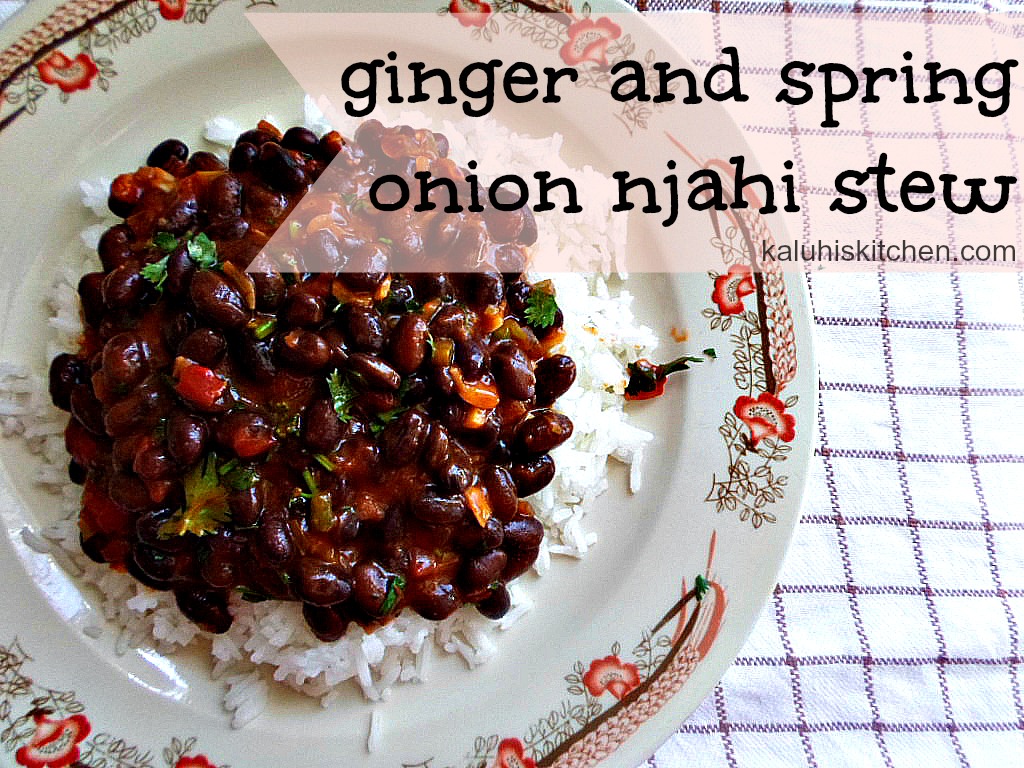I have always been fascinated by how njahi seeds look when raw. Like a small black bag with a neat white zip placed halfway on its side. Or like a tiny black pod with a strip of white paint. Or like a compressed skunk. They are kinda cute actually. They are black and white when uncooked but once they are cooked, they transform to this amazing deep mahogany shade. God is really creative with everything he does or made for us, don’t you think? I am not aware exactly where else in the world this seed can be found. From my online sources, they referred to as lablab beans; a name that is as funny as it is strange. Some people call them tuxedo beans, while others call them hyacinth beans. There are white ones, brown, black ones and even red ones but the popular ones in my country are the black ones.
In my country, these seeds are most commonly consumed by communities from the mount Kenya region. They have slowly gained popularity throughout the nation mainly due to their nutritional benefits. Some of the these its high in protein, folate, iron ,vitamin B6, zinc, calcium,magnesium and phosphorus. They are usually prepared with just onions, tomatoes and some light seasoning. But as you know, here, we always take it up another notch. This njahi recipe has plenty of flavor, which plays up the natural earthy flavor of these beans. I am really excited to share this recipe with you 🙂

 Hey there! My name is Kaluhi and I love food! Through my blog, I am happy to share with you my self-taught recipes, steeped in nostalgia and the happiest of memories. I hope each recipe you try out is as addictive as the previous one and is shared on a table full of love and hearty laughs!
Hey there! My name is Kaluhi and I love food! Through my blog, I am happy to share with you my self-taught recipes, steeped in nostalgia and the happiest of memories. I hope each recipe you try out is as addictive as the previous one and is shared on a table full of love and hearty laughs!




